Why does car paint chip so easily is a question that many car owners ask themselves every time they find a paint chip. Unfortunately, the causes of car paint chips are many and you cannot avoid them because the causes are found in every highway, parking lot and in offload driving. Well, the answer to that question is because technology has brought changes in the auto industry. Traditionally, the majority of car paints was lead based but today paint is water based, which increases the risk of chipping. The change from lead based paints to water based car paint is due to the non-toxic nature of water based paints.
Water based auto paints are also easy to use, cost effective, and convenient to use. The benefits of water-based car paints outweigh the disadvantages and thus, there is no chance of a turn around. You can repair the damage using a touch up paint pen, touch up paint brush and an automotive spray paint can for larger areas. Even though it is quick and easy to fix the problem of car paint chipping, you might need to undertake the process every weekend to keep your car as radiant as new. This is challenging to maintain especially if you are busy. The protection film contains self-adhesive pressure sensitive systems that you can remove without damaging the paint of your car.
They are also durable and strong for extra protection against heavier hazards. Peeling is the pulling away of the full paint job, base color and clear coat, from the panel underneath. For peeling to occur, the wear and tear on your vehicle has to be considerable.
General Motors and Chrysler vehicles had a past issue stemming from not sealing their e-coat before applying the colored base coat. E-coat is for corrosion protection but it is susceptible to Ultraviolet sun rays causing breakdown. Without a sealer being applied, the UV rays penetrated through the base coat and disrupted the e-coat layer, ultimately leading to the paint peeling. This same issue may occur at the body shop if the shop does not properly seal the new part before applying colored base coat.
If you've had your vehicle for several years or more, you may be starting to notice some of the car's paint is peeling or chipping. This is more common than you may think and there are several reasons why your paint may be starting to chip. When your car's once-beautiful paint job has been marred by unsightly cracking, take it to a reliable auto body shop in your neighborhood that's in the Carwise network.
Certified technicians there have the training, experience and equipment to restore your car's paint like-new again, promptly and affordable. If you're doing car paint repair that extends down to the bodywork, you'll need to have a primer in addition to the base and clear coats. For extensive damage, as on my NB, aerosol works better than pens or brush kits. As with the touch-up paint, you'll need to know your car's paint code for accurate color-matching. And the repair process will likely require spraying multiple layers of paint. To fix a peeling clear coat on your car, start by scrubbing the peeling area with 1000-grit sandpaper to get rid of the damaged coat.
Then, soak 2000-grit sandpaper in water for an hour before sanding around the damage to blend the repair area with the clear coat. Once you've sanded your car, clean the space with an alcohol-based cleaner, like glass cleaner, and scuff it with a fine grit, woven scuffing pad. After you've cleaned the area, tape around it with masking tape to mark out your working space. Next, spray an aerosol can of clear coat onto the surface. Let it dry for 5 minutes, then spray on a second coat. To finish off, remove the masking tape, then lightly go over the area with 2000-grit sandpaper to blend your new coat with the old one.
When your car's exterior is experiencing unsightly paint peeling issues, take it to a nearby auto body shop featured within the nationwide Carwise network. An illustration of what areas of a car's painted exterior can be safely polished/paint corrected, and what should be left to the professionals. The issue with correctly removing spot-damaged clear coat, is that for as simple as it sounds, the sanding process tends to be a painstakingly technical, tedious task. A solid understanding of paint conditions, sandpaper grit progression, and appropriate levels of applied force all must be weighed. This is the stage of clear coat correction where most people will fuck-up and be forced to phone a friend, family member, or local body repair shop for assistance.
You take much pride in your car's appearance, and wash, wax and detail it faithfully. In fact, you even picked up some touch-up paint, and have been applying it to rock chips and scratches when they appear. But recently you've noticed some small areas on the front bumper and hood where the paint is starting to peel, and you're concerned. Even when keeping a car's painted surfaces detailed, certain factors can commonly cause paint peeling, or "delamination".
Left unchecked, delamination will ultimately decrease your vehicle's curb appeal and resale value. In the past, durable lead-based automotive paints were used by manufacturers and body shops. Today's cars are painted with more eco-friendly water-based paints that don't hold up as well as their predecessors did. Although better for the environment, water-based paints are notoriously more vulnerable to accident impacts and environmental forces.
Shoddy DIY paint jobs can also leave a vehicle more susceptible to chips and cracks. Mazda Soul Red Crystal car paint structure | MazdaCar paint repair starts with knowing how deep the damage goes. It starts with a primer on top of the rust-preventing electro-coat, followed by the base and mid coats, which add the color. Then the clear coat, which provides the reflective shine as well as physical and UV protection, goes on top. Poor Paint Job – If you got your car repainted and are experiencing paint peeling off your car, there's a good chance the paint didn't have a long enough time to cure.
Be sure to only enlist the help of trusted and skilled auto body paint shops when it comes to painting your automobile. There's a very meticulous painting process involved to ensure your car's paint will be restored and shining bright without flaws. The DIY products on the market can do a nice job of replacing bubbling and peeling clear coat spots. However, a close inspection will always reveal differences between the original paint job and the repaired areas. They may be able to repaint a single section, like the hood, or it may be necessary to repaint the entire car. You still love your older car, but it's starting to look its age.
The paint job's glossy shine might be marred by bubbles and blisters of the clear coat finish. This is known as delamination, and the best fix for widespread cases is a pricey repainting job. Or, if you have some experience with automotive painting, you can use professional tools like a compressed air gun to apply new clear coat.
However, if the peeling is limited in scope—for instance, spots on the hood or near the wheels—making spot repairs with an aerosol spray can is a manageable DIY project. Color isn't the only thing your car paint is good for. It's a key component in protecting the body from rust. And, just like any other component, it can be damaged, even from something like a car wash or bug splatter.
In fact, a lot of car paint repair can be done without getting a body shop involved. Getting your vehicle fixed after an accident can be a burden. Almost all repairs to the body of the vehicle will require paint application. Vehicle owners often ask how the auto body shop will match the color of the paint on their vehicle.
This can be one of the most challenging parts of auto body repair, and is essential for any successful body shop. At the assembly plant, your vehicle was painted along with a number of others from a paint formula that was mixed and prepared for those vehicles that day. There are many variables affecting the color tones and hue of that particular mixture. Although, paint application equipment is cleaned, the previous color formula pigments will carry-over into the next formula color. Paint ingredient suppliers have slight variations in their pigments, and material cost drives frequent supplier changes. During the application process, humidity, application pressure, nozzle size, distance and angle to panel influence how the dried paint will appear.
Body paint matching a vehicle is a skill that not all auto body shops can accurately achieve. Luckily, Ray's Automotive has years of experience color matching vehicles . When there are areas of chipped paint, moisture will penetrate into the area, and metal oxidation leads to rust. Use a reputable auto body shop that will properly correct paint defects before oxidation can occur. All of the above factors can cause paint chips on a car. There are a number of ways that can help you in making sure that you are able to avoid paint chips in the future.
Using high quality cleaners can add years to your car paint. You can learn all about these and other tips to prevent car paint chipping in our next blog. Unfortunately, there's no way to restore a clear coat once it has begun peeling.
Why Is The Paint On My Car Chipping You'll need to have an auto body shop strip and repaint your car. If your clear coat has been neglected badly enough to peel in some areas, you'll still need to have the entire car repainted so that the color and finish match throughout. Be prepared for a hefty, but necessary bill if you intend to keep your car. The damage will only get worse until you address it, so it's best to bite the bullet and do it soon. If your repair didn't turn out well the first time, don't fret—there are ways to salvage it.
After your previous attempt dries, sand the spot back down to the primer with a 360-grit 3M Wetordry sandpaper. This time, it's imperative to stay within the repair zone, so you probably want to trim your sandpaper circle to sit even with the radius of your stick. Wipe off any extra dust or moisture, then repaint the spot. Wet sand the spot with 1000-grit sandpaper once the paint is completely dry. This tedious process slowly built up new layers of paint to sit even with the original surface.
While there are numerous other causes of clear coat peel, the following three offenders are the most common causes behind peeling paint jobs. To avoid future painting, only guaranteed protection can be acquired through removal of coat down to the primer layer. You should remove the paint from an area of 5 centimeters around the infected area, even though you cannot see any signs of peeling here. Removing paint from the extended portion will prohibit any future damage. Once the bare metal becomes smooth and paint free, prepare to replace it with a new primer, paint and clear coat.
There are a lot of reasons as to why a car's paint peels off. A lot of times if the car has been repainted, the painter will not prep and primer the car properly, causing the paint to feel at a later date. There could have been a powerful and harmful solvent spilled on the hood. The sun and harmful UV rays also cause a serious problem. The photo above shows an extreme condition of paint peeling away. I feel that this was caused mostly by neglect, the harmful UV rays from the sun, or possibly a bad job of repainting.
The first thing you can do to address a car's paint peeling is to consult an autobody shop. The pros will be able to look at the peeling area to determine how much work is needed and the costs for the job. Another less expensive option is to do the work yourself.
You can use paint peeling repair kits made just for vehicles. However, unless you know what you are doing, the work may not turn out as good. Peeling, flaky paintwork occurs when one of the three layers coating the car's bodywork is damaged, often by a minor scratch or chip.
Imagine you take your one and only car to your usual Orlando Carwash and after lots of dusting, scrubbing and rinsing, you notice the paint is starting to chip. Before finding out how to prevent your car paint from chipping, it would only make sense if you first knew what causes it. After a car accident, we put our trust into auto body shops to fix our vehicle accurately and in an efficient amount of time. Most often, we don't realize little things that auto body shops can be unscrupulous and dishonest during the repair process. This is why it can be important to know a little bit about car parts and their average cost for your type of vehicle. When moisture works its way into those chipped areas within the paint, oxidation will often cause rust.
Many shop repairs performed at a facility that doesn't always use seam sealer or body cavity wax can lead to rust problems down the road. To control rust, wash and wax your car frequently, park it out of the weather, and only use only a reputable auto body shop like Anderson Behel for all of your repairs. Now, I've had the chance to paint cars in a professional booth in the past, but I am far from a professional paint and body guy. Yet, when the job was done, I was impressed at how well this aerosol can laid paint. Even though there wasn't any wind on the day I painted, I still used pieces of cardboard to make it easier to paint and limit overspray hitting nearby cars.
As you can see in the image above, the result turned out great with the new paint perfectly blended into the old paint to avoid any obvious lines or shade differences. Your car's paint not only makes it look nice but also protects the body from nasty weather and other external factors, some of which can cause oxidation . You've had your vehicle for several years now and recently noticed some paint chips on the front of the hood that have got you worried. You wonder under your breath how that could have happened as you find another chipped and bubbled area on one of the quarter panels. There are several sinister forces that can cause your paint to start chipping. To guarantee complete protection against future peeling, you need to remove each coat down to the primer layer.
The bare metal should be smooth and paint free, ready to be restored by a new coat of primer, paint and clear-coat. This same basic car paint repair process also works if you need to remove and paint-over rust, The Drive reports. Just sand the rust away, clean the area, then add putty and the requisite paint layers. If you find you can't remove all the rust, The Drive recommends rust converters or reformers. These turn the rust into a paintable surface and prevent it from spreading. You just brought home your new pride and joy from the dealership and have promised that you are going to take much better care of this vehicle that you did your last.
However, before the honeymoon is even over, you begin to notice some paint chips on the hood, bumper and other high wear areas. If you think that car paint chips and is damaged more easily today than in years past, you are right. There are a variety of reasons for this, but we wanted to cover three of the more prominent in our area. Once your car is clean and dry and free of any bonded contaminants, it's time to lay down a protective barrier to block UV rays. For preventative maintenance, we recommend Hybrid Solutions Pro Flex Wax or Hybrid Solutions Pro To the Max Wax. With the incredible performance of pure graphene, both of these are at the cutting-edge of car wax performance.
Or, if your car needs some paint correction from light scratches and swirls, we recommend an all-in-one polish and wax product like Hybrid Solutions Ceramic Polish & Wax. You can prevent your clear coat from ever peeling and save yourself thousands of dollars by adopting some routine car care. Regularly washing your car is one of the most important things you can do to preserve its beautiful finish. We recommend a good car wash soap like M.A.X. Power Car Wash, a wash bucket and Grit Guard, a microfiber wash mitt and a few microfiber towels for drying. Not only will you remove harmful soils and contaminants from your car, but you'll also have the opportunity to see what's going on with your paint and clear coat.
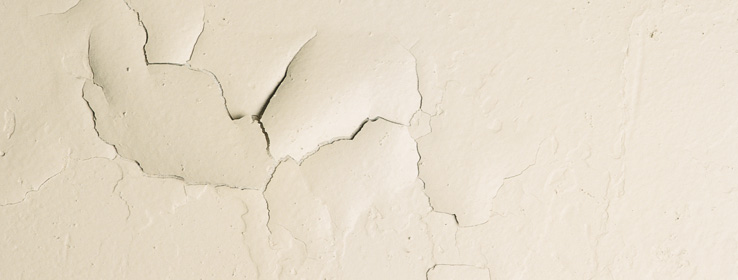
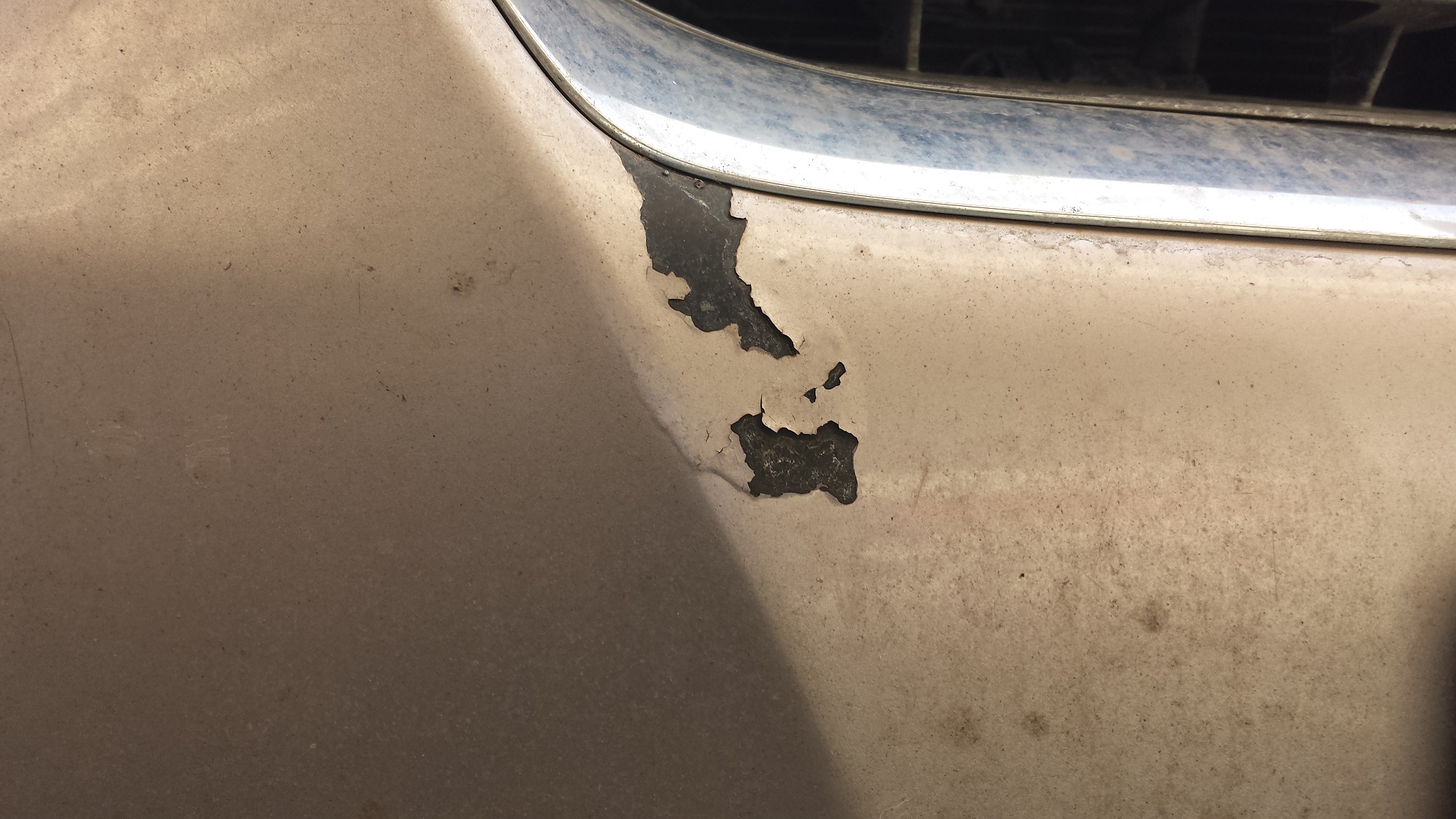


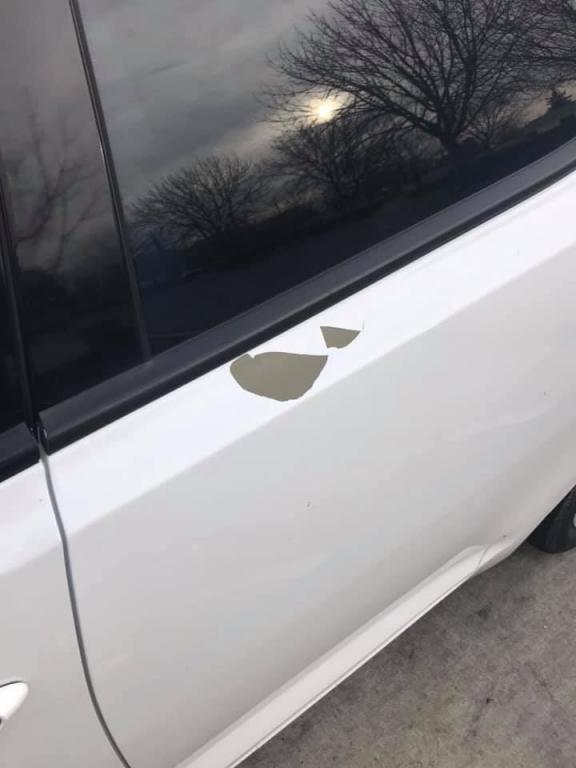


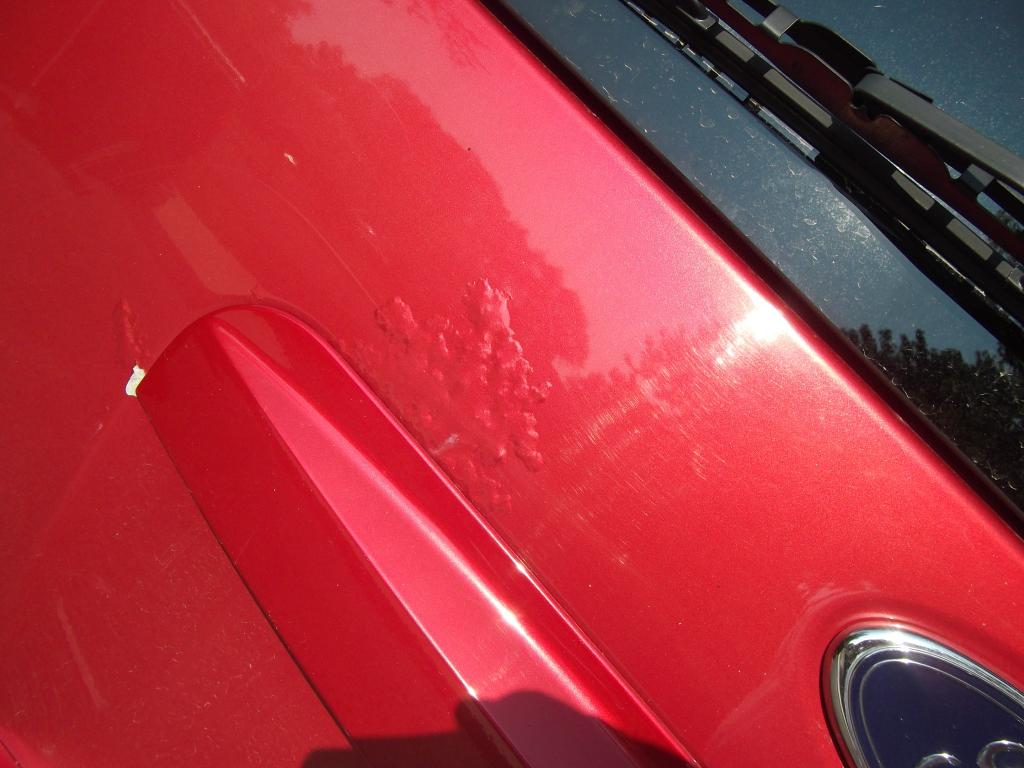










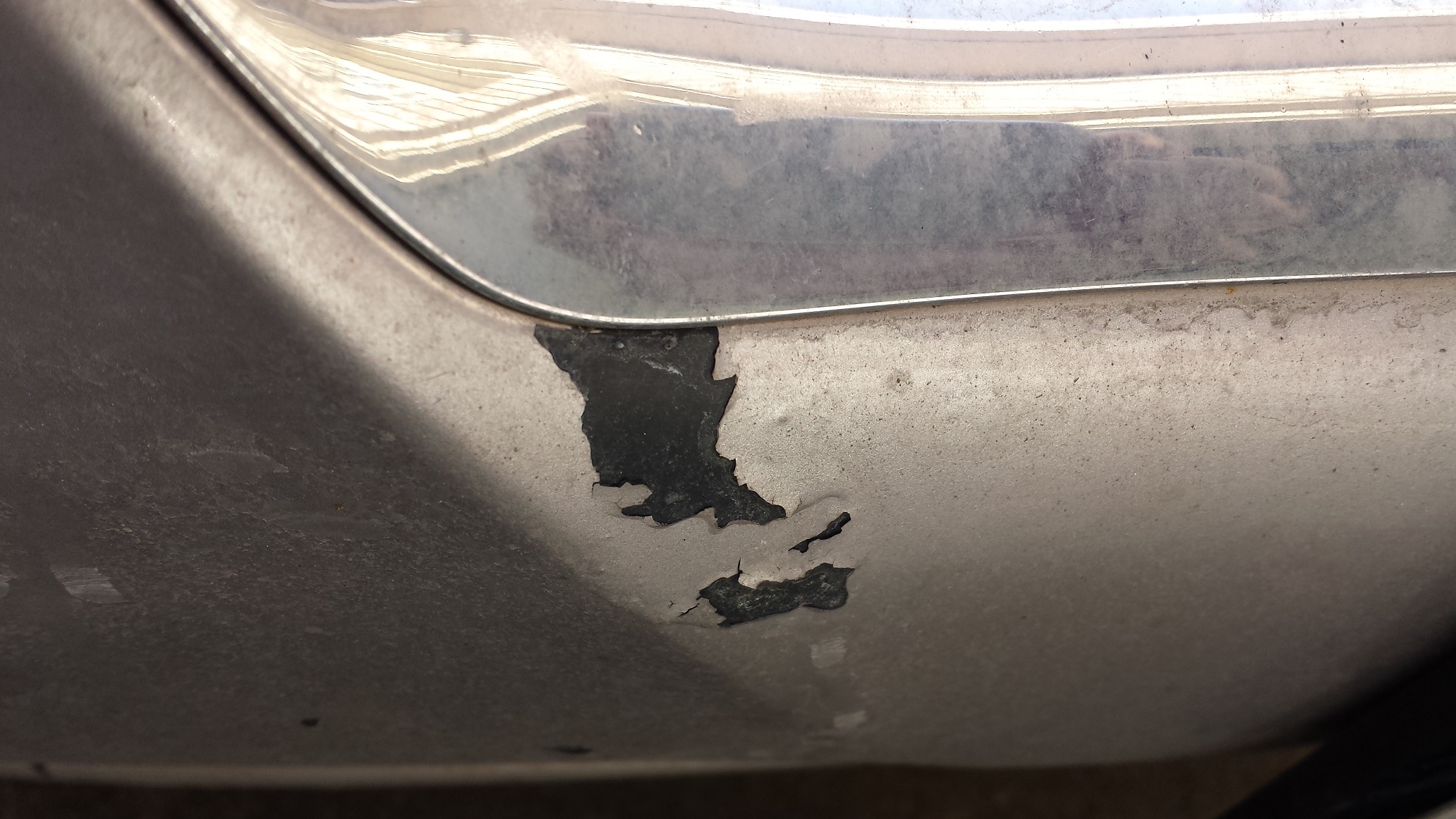



No comments:
Post a Comment
Note: Only a member of this blog may post a comment.